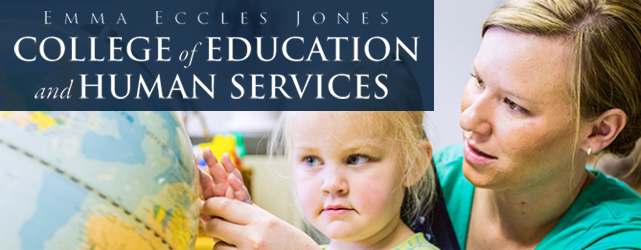Defining treatment response in Trichotillomania: A signal detection analysis
Document Type
Article
Journal/Book Title/Conference
Journal of Anxiety Disorders
Volume
36
Publication Date
1-1-2015
First Page
44
Last Page
51
Abstract
The Massachusetts General Hospital Hairpulling Scale (MGH-HPS) and the NIMH Trichotillomania Severity Scale (NIMH-TSS) are two widely used measures of trichotillomania severity. Despite their popular use, currently no empirically-supported guidelines exist to determine the degrees of change on these scales that best indicate treatment response. Determination of such criteria could aid in clinical decision-making by defining clinically significant treatment response/recovery and producing accurate power analyses for use in clinical trials research. Adults with trichotillomania (N=69) participated in a randomized controlled trial of psychotherapy and were assessed before and after treatment. Response status was measured via the Clinical Global Impressions-Improvement Scale, and remission status was measured via the Clinical Global Impressions-Severity Scale. For treatment response, a 45% reduction or 7-point raw score change on the MGH-HPS was the best indicator of clinically significant treatment response, and on the NIMH-TSS, a 30-40% reduction or 6-point raw score difference was most effective cutoff. For disorder remission, a 55-60% reduction or 7-point raw score change on the MGH-HPS was the best predictor, and on the NIMH-TSS, a 65% reduction or 6-point raw score change was the best indicator of disorder remission. Implications of these findings are discussed.
Recommended Citation
63. Houghton, D. C., Capriotti, M. R., De Nadai, A. S., Compton, S. N., Twohig, M. P., Neal-Barnett. A. M., Saunders, S. M., Franklin, M. E., & Woods, D. W. (2015). Defining treatment response in Trichotillomania: A signal detection analysis. Journal of Anxiety Disorders, 36, 44-51.


